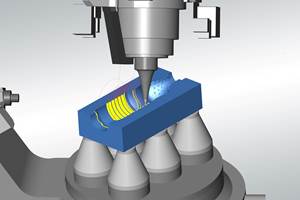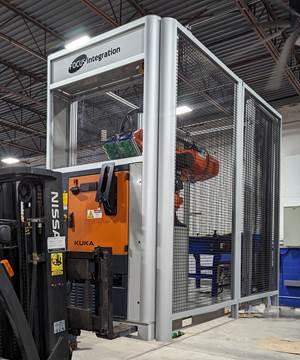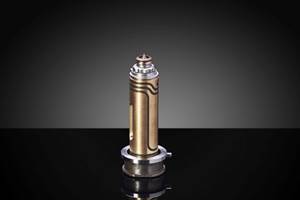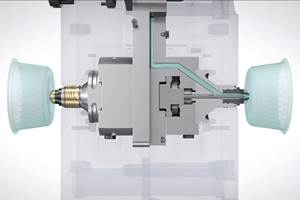3-D Design and Flow Simulation Cooks up Better Design and Manufacturing
Case Study / Software, Consumer.
World Kitchen, LLC, produces its tempered, heat-resistant Pyrex bakeware in a facility that has manufactured glass products since 1889. The company also manufactures other well-known brands of dinnerware, cookware, cutlery and household tools—including CorningWare®, Corelle®, Revere®, EKCO®, Baker’s Secret®, Magnalite®, Chicago Cutlery®, OLFA® and OLO®.
Until 2006, the Pyrex plant used 2-D design tools to develop its products in conjunction with a trial-and-error approach to its thermoforming manufacturing process. At a temperature of 1150°C, molten glass flows around bends before it falls into a mold, where a press forms the glass into various bakeware shapes. This thermoforming process runs 24 hours a day, seven days a week, at speeds of 20 to 50 pieces per minute, depending on product size.
According to Senior Mold Designer Mark Cooley, using 2-D techniques required a cumbersome trial-and-error process to achieve the optimal thermal balance and smooth production runs. “If the forming equipment is too cool, the glass will have a wrinkled appearance. If the forming equipment is too hot, the glass will fuse itself to the metal, making it impossible to remove from the mold,” Cooley explains. “This is why it is so important to have accurate water flow and cooling. Finding this thermal balance produces high-quality glass and prevents the glass from melting the metal molding components that we use in manufacturing.”
When World Kitchen designers began using SolidWorks® 3-D design software at the company’s headquarters, designers at the Pyrex plant determined that 3-D technology could also help them leverage fluid-flow simulation tools to streamline the thermoforming process.
“We jumped on the bandwagon because of the potential we saw for using SolidWorks’ Flow Simulation software to predict temperatures in the flow of molten glass,” Cooley says. “We embraced SolidWorks because it is easier to use, enables us to better visualize shape transitions, and opens a window on the temperatures that we will encounter during the thermoforming process.”
Save Time and Money with Simulation
Since implementing SolidWorks Flow Simulation fluid-flow analysis software, World Kitchen has dramatically streamlined its design and manufacturing process at the Pyrex plant, reducing design times by 40 percent and cutting costs related to machine, press and downtime.
“With our previous process, we incurred additional costs when we shut down the line to make changes,” Cooley points out. “SolidWorks Flow Simulation allows us to identify cold and hot spots ahead of time. On the last batch of 11 new products, we were able to achieve thermal balance in software in just a few iterations, which saved $12,000 in machine and press time per item ($132,000 overall). With SolidWorks Flow Simulation, we can create high-heat components and quality products without thermal issues, downtime or additional costs.”
Cut Development Costs
The adoption of SolidWorks has also allowed World Kitchen to eliminate its reliance on outside design contractors, which generates additional cost savings. Previously, when working in 2-D, the company would need temporary workers to help with larger projects, such as new product introductions. Because SolidWorks increases productivity and facilitates design changes, the company can now address these needs with existing resources.
“The ease of creating complex 3-D components, building assemblies and generating detailed drawings in SolidWorks allows me to do more,” Cooley notes. “On larger projects, we used to bring in four temporary CAD operators for four or five months just to make drawings at a cost of more than $100,000. SolidWorks makes me so much more productive, that I can now take care of it myself. It’s helping me to work smarter and more efficiently.”
Improve Modeling
In addition to optimizing manufacturing processes and generating cost savings, the implementation of SolidWorks has resulted in truly parametric designs yielding higher quality products. “Many of our glass items have very complex transitions and curvature throughout the shape of the ware. In the past, designing these shapes was only possible to achieve through surface modeling,” Cooley says.
“SolidWorks has allowed me to create these shapes as true parametric solid models, which makes life much easier when alterations are needed,” he adds. “We were not able to achieve these complicated transitions with our previous solution, so the end results never looked like they should. SolidWorks gives us a true geometric representation of our ware, so our final products come out as we intended. This allows us to use PhotoWorks™ photorealistic rendering software to create artwork for our sales group for use with bigger clients.”
Related Content
Customized CAM Strategies Improve Five-Axis Blow Mold Machining
The proper machining process and workflow can impact blow mold production, making your CAM software selection critical.
Read MoreCompact Robotic Palletizer Easily Automates Packaging Process
The Cube cell, complete with a KUKA KR50-R2500 robot, is targeted for small- and medium-sized businesses looking to automate the palletization of their end product.
Read MoreMulti-cavity Hot Runner Design Takes on Bio-based Material Challenges
Mold builder teams up with a hot runner supplier to develop a system configuration that produces an eco-friendly, attractive single-serving capsule.
Read MoreCompact Stack Mold for Thin-Wall Packaging
Oerlikon HRSflow says the patent-pending design allows the use of smaller injection molding machines while still promising the high output a stack mold tool.
Read MoreRead Next
Choosing CAD Software For 3D Mold Design
The world of CAD offers many alternatives to shops that want to use the latest 3-D technology for their mold design. This article looks at the benefits of the various approaches and offers some tips on choosing the most appropriate one.
Read MoreAre You a Moldmaker Considering 3D Printing? Consider the 3D Printing Workshop at NPE2024
Presentations will cover 3D printing for mold tooling, material innovation, product development, bridge production and full-scale, high-volume additive manufacturing.
Read MoreHow to Use Strategic Planning Tools, Data to Manage the Human Side of Business
Q&A with Marion Wells, MMT EAB member and founder of Human Asset Management.
Read More
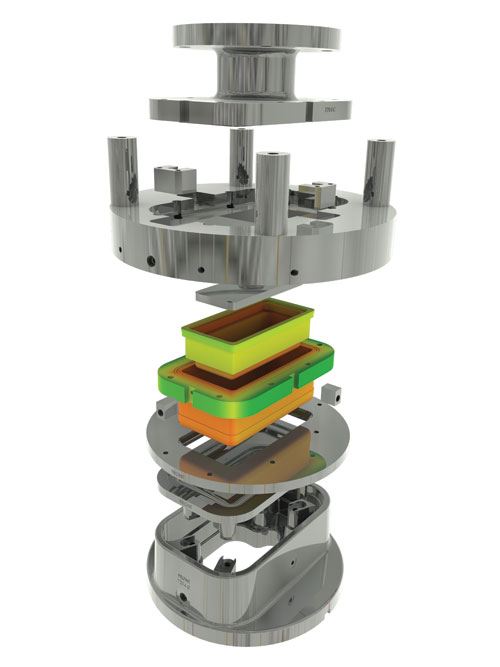
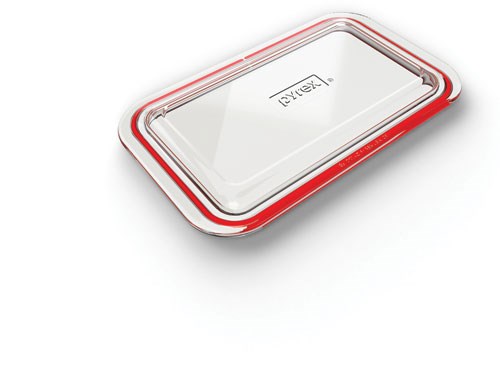
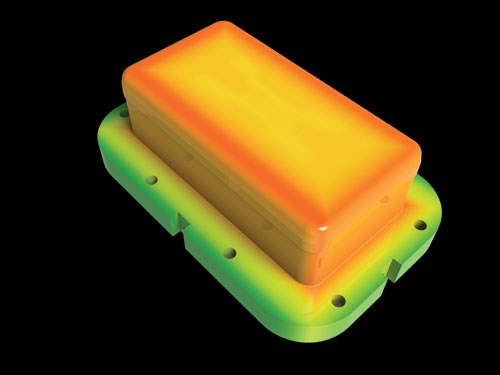






_300x250 3.png;maxWidth=300;quality=90)


.png;maxWidth=300;quality=90)








